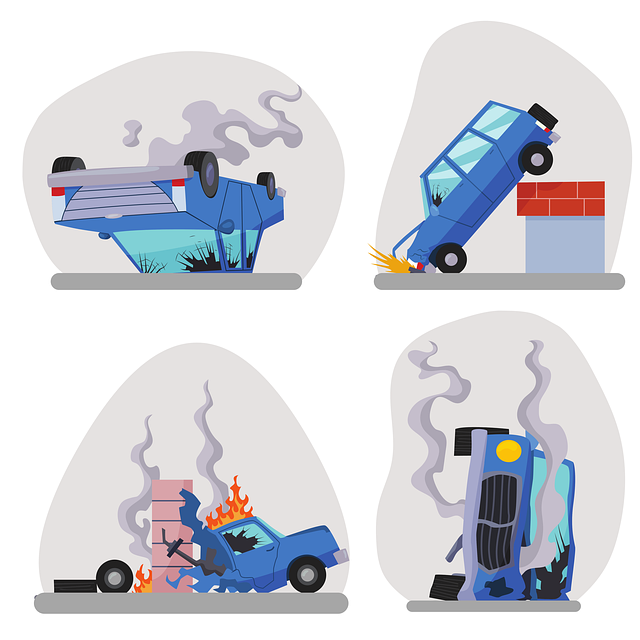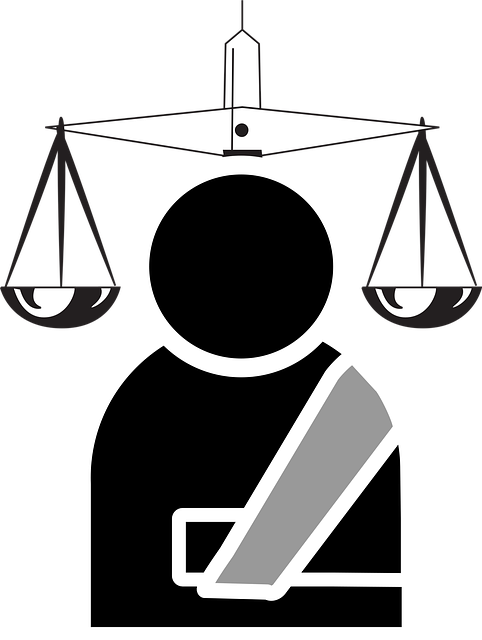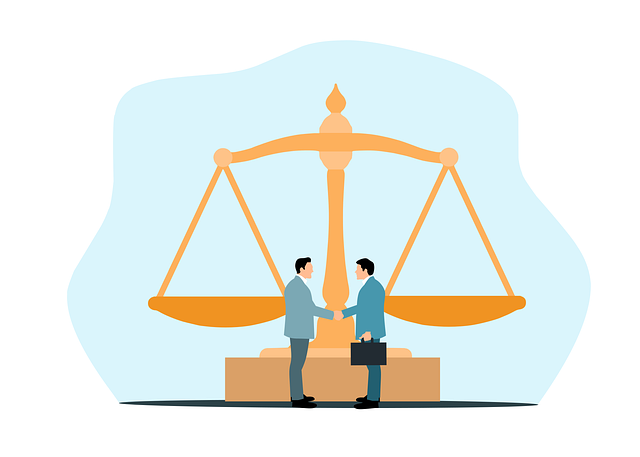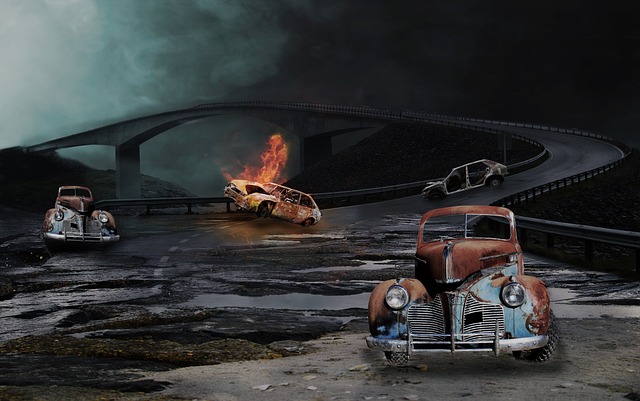In recent years, a significant shift has occurred in how injured workers address workplace accidents, increasingly turning to third-party workplace claims. This trend is driven by evolving worker expectations and complex dynamics within modern workplaces. Workers are becoming more proactive in seeking legal recourse when internal processes fail or they believe their rights have been violated. Third-party workplace claims offer a new avenue for justice and financial security, with specialized accident attorneys navigating these complex legal landscapes. These claims aim to secure fair compensation and serve as deterrents against future negligence and unsafe working conditions.
In today’s dynamic work environment, injured workers are increasingly pursuing third-party workplace claims as a means to secure justice and compensation. This shift from traditional worker-employer dynamics is driven by evolving labor laws, increased awareness of rights, and the growing understanding of third-party liability in workplace accidents. By leveraging third-party workplace claims, workers gain access to broader coverage, potential for higher compensation, and crucial accountability measures, empowering them to navigate their injuries effectively.
- Changing Dynamics of Workplace Injury Compensation
- – Shift from traditional worker-employer claims
- – Rise of third-party liability in workplace accidents
Changing Dynamics of Workplace Injury Compensation

In recent years, there’s been a notable shift in how injured workers approach compensation for workplace injuries. The traditional system, heavily reliant on employer-funded insurance and internal dispute resolution, is increasingly yielding to third-party workplace claims. This change is driven by several factors, including the evolving expectations of workers and the complex dynamics within modern workplaces. No longer content with solely relying on their employers for redress, injured employees are now more proactive in seeking legal recourse through third parties when they believe their rights have been violated or when internal processes fail to provide adequate compensation.
Third-party workplace claims offer a new avenue for justice and financial security for workers who sustain injuries on the job. This shift is further exacerbated by growing awareness of fiduciary duty breaches within corporate structures, where employers may prioritize profits over worker safety. Consequently, many injured workers are turning to accident attorneys specializing in business litigation to navigate these complex legal landscapes. Such claims not only aim to secure fair compensation but also serve as a deterrent against future negligence and unsafe working conditions.
– Shift from traditional worker-employer claims

In recent years, there’s been a notable shift from traditional worker-employer claims to third-party workplace claims. This transformation is driven by a growing awareness that employers may not always be the sole responsible party in work-related injuries. As such, injured workers are increasingly looking towards third parties, like property owners or other businesses, for compensation when their employers fall short. This change reflects a broader trend in personal injury claims, where victims are seeking justice from multiple sources to address the full extent of their losses.
A crucial factor contributing to this shift is the recognition that certain situations may constitute a breach of fiduciary duty, especially in cases involving complex scenarios like construction sites or shared workspaces. For instance, a car accident lawyer might represent an injured worker suing a third party for negligence, arguing that the property owner or another business’s failure to maintain a safe environment led to the incident. This approach allows for a broader exploration of liability and ensures that workers have access to legal resources beyond their immediate employer.
– Rise of third-party liability in workplace accidents

In recent years, there’s been a notable shift in how workplace accidents are addressed, with an increasing number of injured workers pursuing third-party workplace claims. This rise in third-party liability is largely driven by the evolving legal landscape and changing societal expectations regarding worker safety. Historically, workers typically relied on their employers for compensation in case of work-related injuries. However, as industries become more complex and diverse, with many parties involved—from contractors to manufacturers and suppliers—the need for broader accountability has emerged.
This shift is particularly evident in cases involving serious injuries sustained in workplace accidents, such as construction sites or manufacturing plants. A car accident lawyer representing a worker might argue that the negligence of a third party, like a supplier who provided defective equipment, contributed to the incident. This not only ensures more comprehensive compensation for the injured worker but also encourages businesses and contractors to maintain higher safety standards through partnerships disputes to avoid legal repercussions.
In today’s evolving landscape of workplace injury compensation, the shift towards third-party workplace claims reflects a growing awareness of the broader responsibilities that businesses and institutions bear. As the dynamics of work continue to change, so do the expectations for safety and accountability. Understanding and navigating these changes is crucial for both workers and employers, ensuring a more comprehensive approach to accident prevention and effective dispute resolution. Pursuing third-party workplace claims provides injured workers with an additional avenue for justice and compensation, underscoring the importance of holding all liable parties accountable in light of modern work environments.






